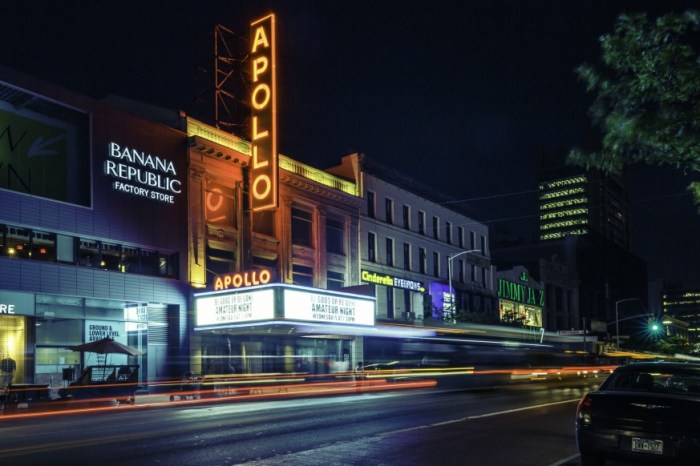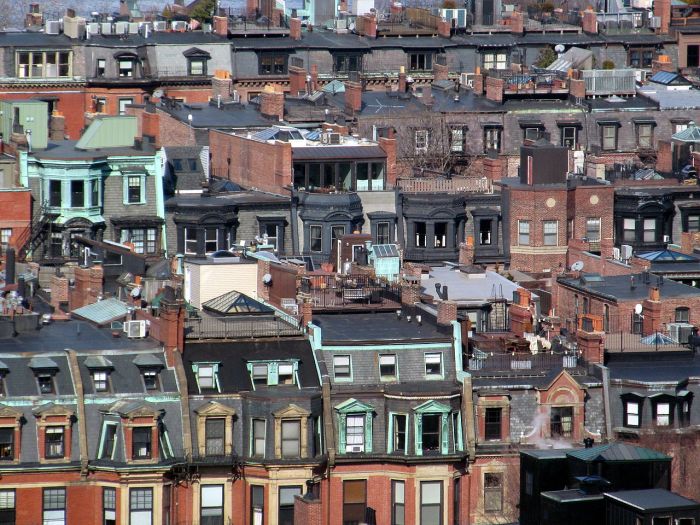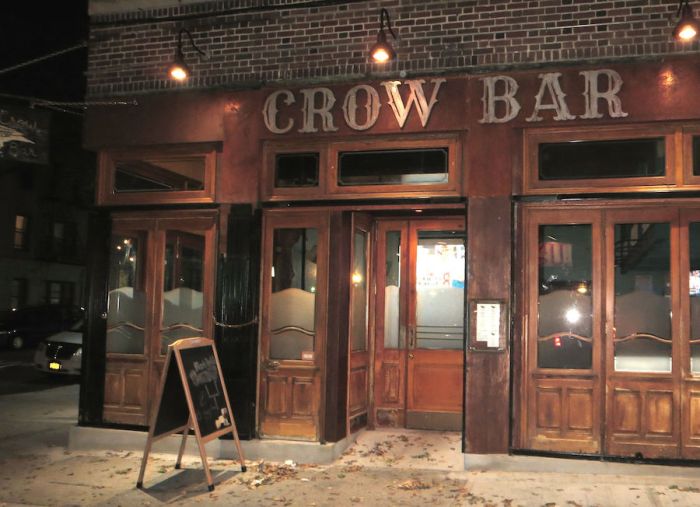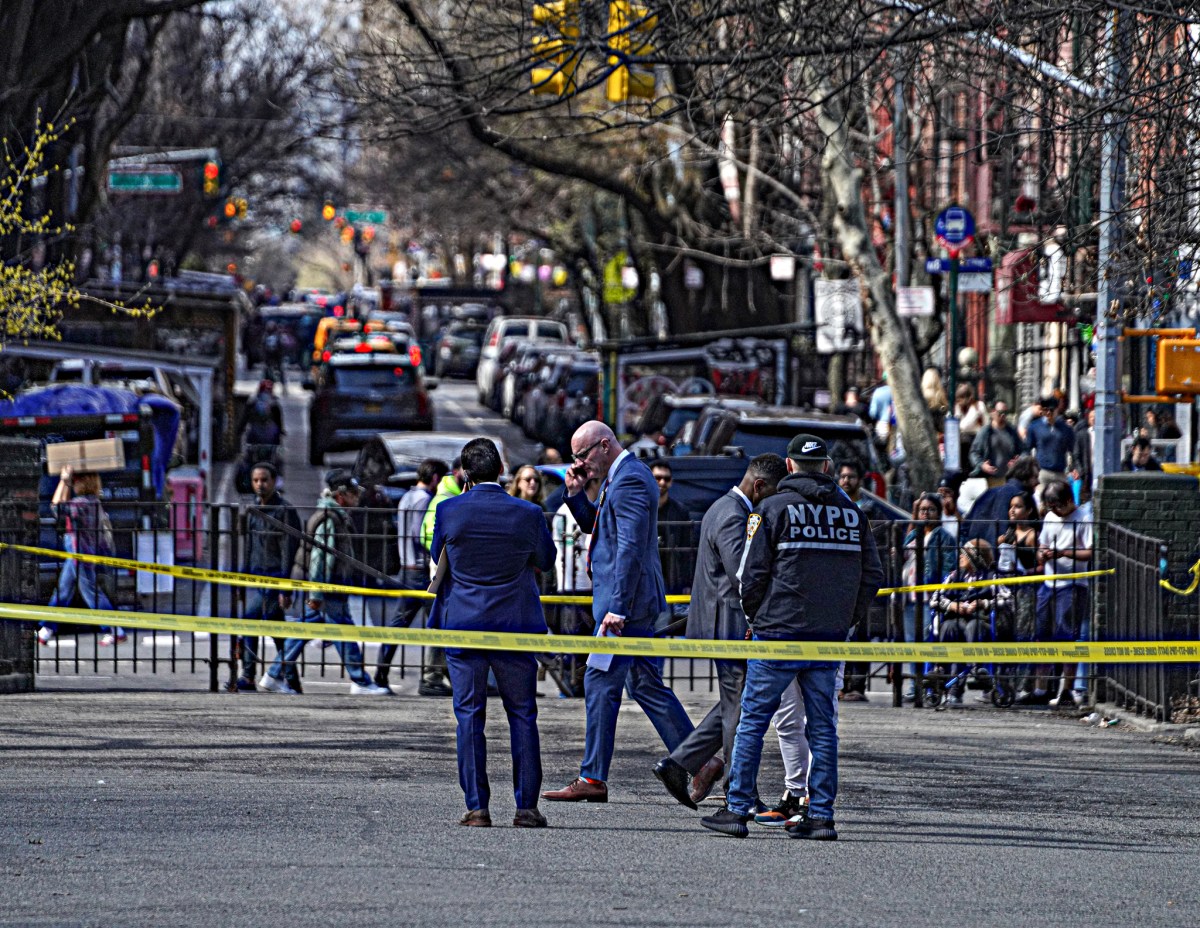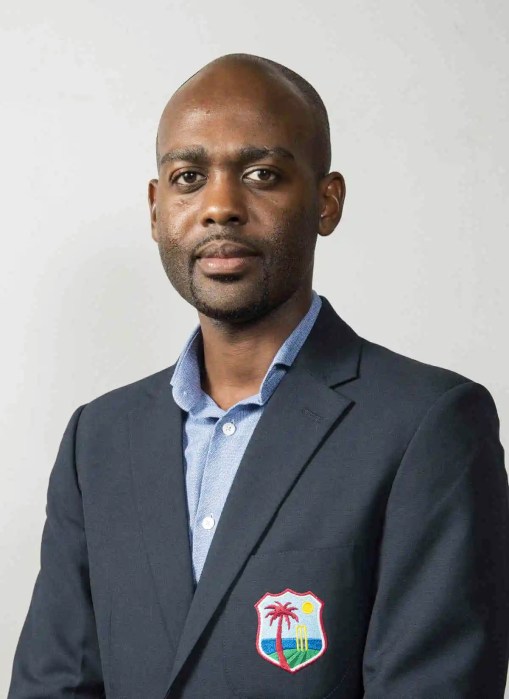In 2013, when Alicia White grew tired of seeing Railroad Park in her Jamaica, Queens, neighborhood be neglected, she mobilized the community to urge the city to do something about it.
The city did, and that paved the way for other environmental projects elsewhere — and eventually the formation of her nonprofit Project Petals, which focuses on revitalization and development in underserved communities. After seeing young residents becoming interested in the architects and designers who volunteered with Project Petals, she was inspired to go one step further.
“That’s how I came up with the Project Petals Youth Builders Program, to help young people who are from some of these communities that are underserved or under-resourced, like the one I grew up in, and connecting them with people who basically change communities every day: architects, engineers, urban planners, designers, environmental leaders or business leaders,” White said.
Through monthly Youth Builders workshops in libraries across the city, kids ages 10 to 18 can pick the brains of those professionals who may inspire them to follow similar career paths.
“We also have young people think about their community as a whole, what they would like to change, what they see, what they think could be improved and have them start thinking about their futures beyond their secondary education but also how they can reimagine where they live right now,” White said. “We have them really sit and think about that, and then we have the professionals come in and discuss how those things can be changed. They have a real interest in changing their landscape in their communities and environment, and that’s most inspiring.”
White hopes that Project Petals’ Youth Builders Program encourages city youth to not only study programs like architecture, urban planning or engineering, but to stay in or return to their neighborhoods after college “to become the change agents or the change leaders for the areas in which they live,” she said.
Project Petals currently operates in New York City and Uganda, but White’s five-year plan for the organization includes a national rollout of the program.
“In five years, I really hope this is a national program in under-resourced areas so that every young person could get an idea of what it’s like to change their community and think about their post-secondary education,” she said. “It’s my hope that it’s national and that we have young people by that time who have gone through college who are coming back as engineers and architects and designers because nothing would make me as excited or happier.”
How Project Petals got its name
When Alicia White spearheaded the revitalization of Railroad Park in Jamaica, Queens, the first order of business was to plant some much-needed greenery in the 16-acre park, which gets its name from nearby LIRR tracks. But what’s behind the name Project Petals?
“The first project we had was planting daffodil bulbs, and all the neighbors came out and said it was so exciting to see flowers and petals,” White recalled. “I thought to myself that the petals part was a decent name. You have each individual person as a petal that makes up a flower. You can’t have a flower without numerous petals — and you can’t have a community without numerous people coming together.”

